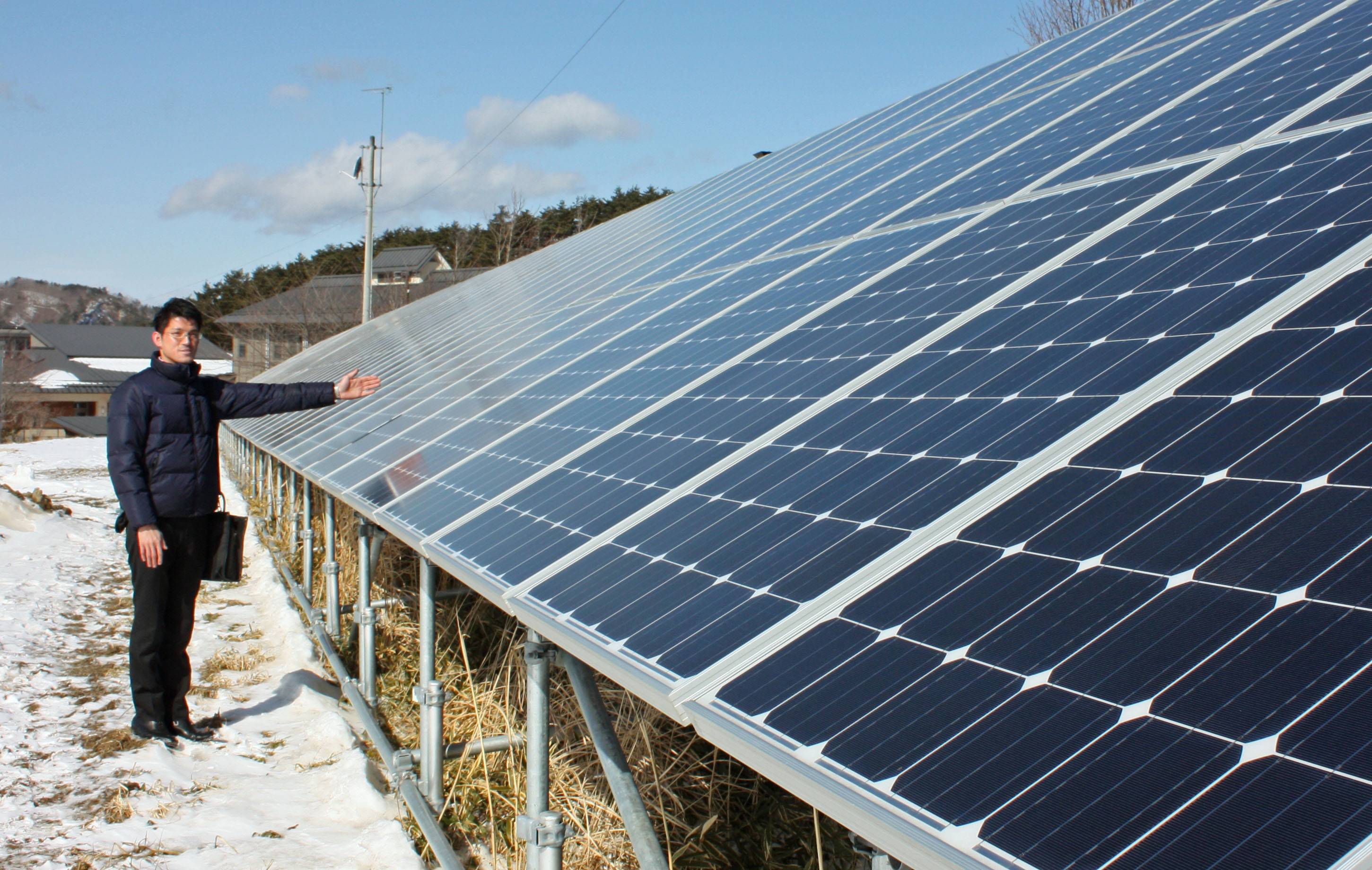Prime Minister Fumio Kishida’s government aims to adopt Japan’s next long-term energy strategy by the time a key United Nations climate change conference opens in Glasgow, Scotland, on Oct. 31.
But while Japan is committed to carbon neutrality by midcentury and making specific cuts to its greenhouse gas emissions by 2030, the main argument has now shifted to what measures are needed to achieve the latter goal under a national energy mix plan for 2030.
With a new Cabinet that includes outspoken pro-nuclear LDP party leaders and figures in key positions, the coming weeks are likely to see an intense debate within the Kishida administration over the future balance between renewable energy and nuclear power. But while ramping up renewables brings concerns over the reliability of energy supplies, increasing the role of nuclear presents a mountain of political, financial and logistical challenges that would have to be overcome at a time when other sources, including renewable energy, are more readily available.
Speaking at a news conference Tuesday, new trade and economy minister Koichi Hagiuda said the Cabinet will have its 2030 energy strategy approved before COP26 starts in Glasgow. National delegates are expected to announce their plans to meet the goals of the 2015 Paris Agreement, which called on all nations to limit worldwide global warming to 1.5 degrees Celsius by midcentury in order to prevent the worst effects of global warming.
“To meet our greenhouse gas reduction target, we’ll proceed with restarting nuclear power plants, with safety as the top priority,” Hagiuda said.
Previous Prime Minister Yoshihide Suga committed Japan to becoming carbon neutral by 2050 and to reduce its greenhouse gas emissions by 46% in fiscal 2030 from fiscal 2013 levels. To meet that goal, the government is debating what percentages of various energy sources should be part of the 2030 energy mix.
Currently, the plan calls for nuclear power to be raised to between 20% and 22% of the electricity mix, and for renewable energy sources — mostly solar and wind but also including offshore wind — to be raised to between 36% and 38%. Renewable energy already accounted for 18% of total supply in fiscal 2019, while nuclear power provided just 6%.
While Hagiuda has emphasized nuclear power, new Environment Minister Tsuyoshi Yamaguchi sees renewables as key.
“To meet the 2030 goal of a 46% reduction in greenhouse gases, we’ll introduce renewables as the main electricity source on a large scale. That’s the main point,” Yamaguchi told reporters on Monday following his appointment.
But Kishida could find himself under pressure to increase nuclear power usage from not only Hagiuda and the economy and trade ministry — which oversees the nuclear power industry — but also LDP Secretary-General Akira Amari and LDP Policy Council chief Sanae Takaichi, who are staunch advocates of building new nuclear plants.
Amari, for example, advised a group of LDP Diet members who were calling for a new generation of nuclear power reactors to replace Japan’s aging fleet.
Meanwhile, Takaichi, citing potential uncertainty over a steady power supply from renewable energy, favors futuristic small modular reactors built underground. The technology’s proponents claim it’s safer and more efficient than conventional nuclear reactors. But critics warn that unless there is a large international market for them, economies of scale mean their electricity would not be cost-competitive with other options, including conventional nuclear power and renewables.



Kishida himself has said that nuclear power is necessary and that reactors that can be safely restarted will be. But going further and approving a policy of replacing reactors or building new ones, finding sites to build them, getting local approval — which would likely include central government promises of local financial incentives — and then building them would take decades. The new nuclear power supply would not arrive in time to help meet the 2030 emissions target and perhaps only offer a small contribution to meeting the 2050 carbon neutrality goal.
New nuclear plants would also have to be built at the same time that old nuclear reactors are meant to be scrapped, which they must be when they reach 40 years of operation under current rules, though a one-time, 20-year extension can be applied for. Either option involves costs for the plant operator, but it’s far more expensive and labor-intensive to proceed with a decadeslong decommissioning — something that could make it difficult to fund and construct new plants at the same time.
At present, 24 reactors are being decommissioned, while 36 — including three under construction — are listed as officially in operation or scheduled to be operated.
In a time of both misinformation and too much information, quality journalism is more crucial than ever.
By subscribing, you can help us get the story right.
SUBSCRIBE NOW


